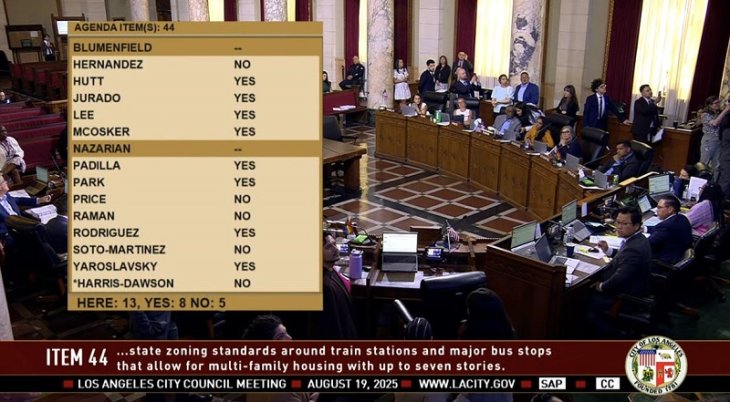 Apartment-dwellers in Los Angeles and Orange County can look forward to triple-digit increases in their rent over the next two years, thanks to growing demand and low vacancy rates, according to a USC report released today.
Apartment-dwellers in Los Angeles and Orange County can look forward to triple-digit increases in their rent over the next two years, thanks to growing demand and low vacancy rates, according to a USC report released today.
According to the study prepared by Beacon Economics for the USC Lusk Center for Real Estate, average rents are expected to jump over 2015 levels by $109 in Los Angeles County and $149 in Orange County by 2018. In the Inland Empire, average rents are expected to jump by just $84, but in San Diego County, renters can expect a $155 hike.
The rent hikes and continued high demand are in spite of more than 38,000 new apartments being planned across the four areas, according to the 2016 USC Casden Multifamily Forecast.
“Though multifamily construction permits are back to pre-recession levels and have provided some relief, population and employment growth are driving up demand faster than new inventory can hit the market. For renters, new construction has simply kept a bad situation from getting drastically worse,” said Raphael Bostic, interim director of the USC Lusk Center for Real Estate.
According to the report, the average rent in Los Angeles County in 2015 was $1,307, up $59 from 2014. The county had a vacancy rate of 4.2 percent, but construction permits were issued for 17,869 rental units. The report calls for a 4.1 percent vacancy rate by 2018, with average rent jumping to $1,416.
Population increase is expected to fuel the demand for more apartments in Los Angeles County, “and with more Millennials entering their late 20s and early 30s, demand for multifamily property should be particularly strong,” according to the report.
In Orange County, average rent in 2015 was $1,587, up $81 from 2014. The average rent in that county is expected to jump to $1,736 by 2018, according to the report.
The report notes that the improving national economy and recovery of the housing market should generally provide some relief in the rental market, California home prices are still twice the national average, making apartments a more accessible option for many people in search of a place to live.
“At a national level, it is clear that the great apartment bull market that started at the end of the great recession is coming to an end,” said Christopher Thornberg, Beacon Economics founding partner. “Local supply constraints combined with solid economic growth implies that the softening will not be experienced locally.”
Bostic also noted that most multifamily construction in Southern California, particularly in Los Angeles and Orange counties, targets higher- income renters.
“While new inventory tends to favor higher incomes and more affluent neighborhoods, there is hope for other classes of renters,” Bostic said. “High-end renters are the first to become homebuyers. As the demand for high- end dwellings slows, savvy developers will seek more projects built for people of more modest means.”





















